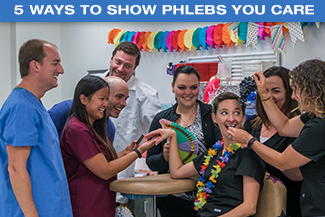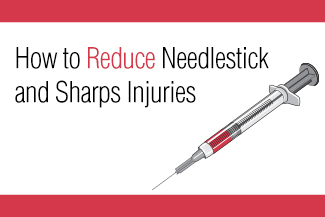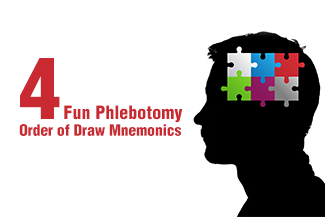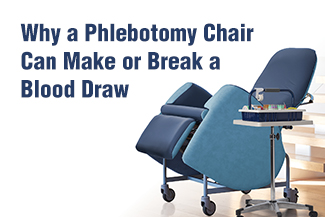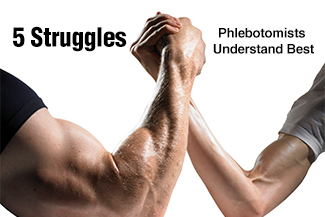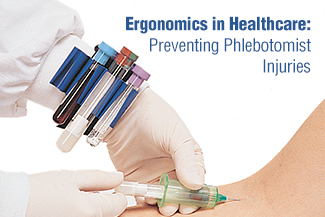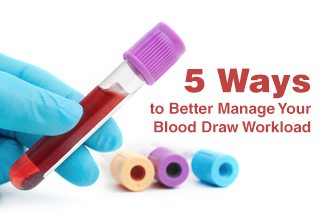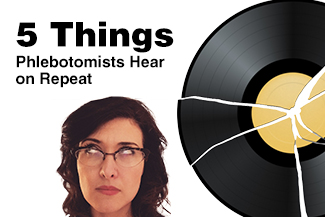5 Ways to Show Phlebs You Care
Phlebotomists, affectionately known as phlebs, are among the most underappreciated healthcare professionals. Regardless of where they stand on being called “vampires” or “bloodsuckers,” their contributions are routinely undervalued by those who do not understand the importance of their role and the challenges they face on a daily basis. Here are five ways for medical professionals …
